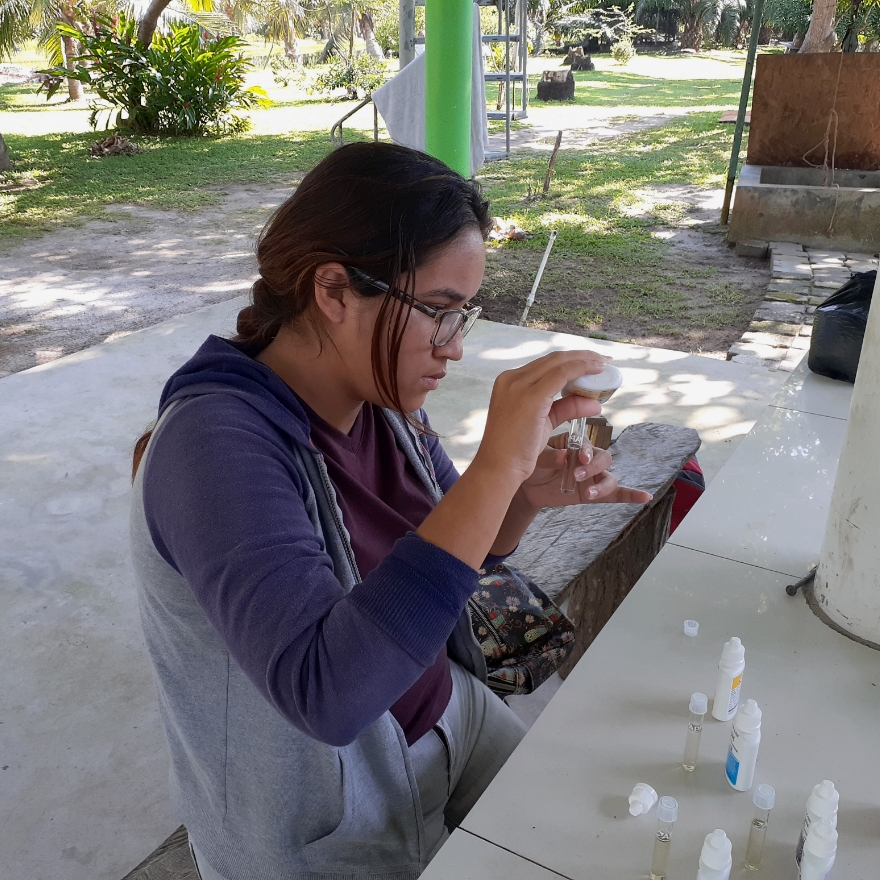Preventing habitat destruction
The coral reefs we see today are hundreds—sometimes thousands—of years in the making. Like trees, coral reefs are living structures that can take years to regenerate once destroyed. Since most corals grow less than an inch per year, reef destruction can have long-lasting consequences.
The Challenge

Many human activities can destroy reef habitats quickly, with little gain.
- Coral mining, a process by which chunks of coral reefs are extracted for use as bricks or other construction material, creates extraordinary damage.
- Harvesting coral reefs to make jewelry and home décor has led to major population declines.
- Bottom trawling, a fishing method that drags a weighted net along the sea floor, destroys virtually everything in its wake during a single fishing event.
- Boat anchors dropped onto coral reefs cause significant damage.
- Even divers and snorkelers can cause damage by trampling reefs and wearing certain sunscreens and cosmetics.
Our Solution

We work with local communities and businesses to build a culture of environmental stewardship that leads to better protections for coral reef ecosystems:
- We partner with the tourism industry and dive community to raise awareness and reduce the adverse effects of unsustainable activities like overcrowding and reef trampling.
- We install mooring buoys that eliminate the need for boat anchors.
- We establish management plans for protected areas, like Marine Protected Areas (MPAs) or Locally Managed Marine Areas (LMMAs), that include habitat protections such as prohibiting destructive fishing practices and reducing anchor damage to reefs.
- We increase compliance with laws and regulations that protect reef habitats by conducting law enforcement patrols, clarifying governance, and building awareness among community members.
- We strengthen coastal communities’ capacity to generate income from tourism in a way that protects coral reefs and supports local livelihoods.
- We increase stewardship for coral reefs by building community awareness about coral reef ecosystems and the threats they face.
- We support and encourage protections for other related ecosystems, like mangrove forests and lagoons, that are essential for healthy coral reefs.
resources
Hawai’i Hotel Reef Stewardship Guide
As many resorts in Hawai’i are situated along the shoreline, they play an important role in protecting the coastal ecosystem. This guide can help your property take stock of its own operations and find resources to assist in implementing new strategies within your own property.
Good Environmental Practices: Diving and Snorkeling
Coral reefs are among the world’s most spectacular ecosystems. As coral reefs face an increasing number of threats, coral reef visitors can play an important role in helping protect these vulnerable habitats. Follow these simple guidelines to become a “coral friendly” diver/snorkeler.
Support CORAL
Our work to ensure that coral reefs are protected couldn’t happen without your support. Give today to help us save coral reefs.